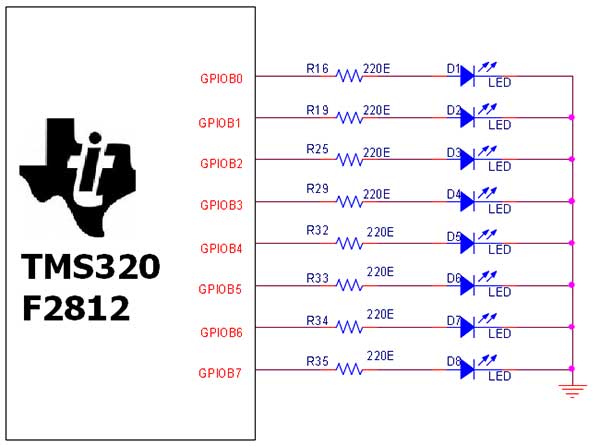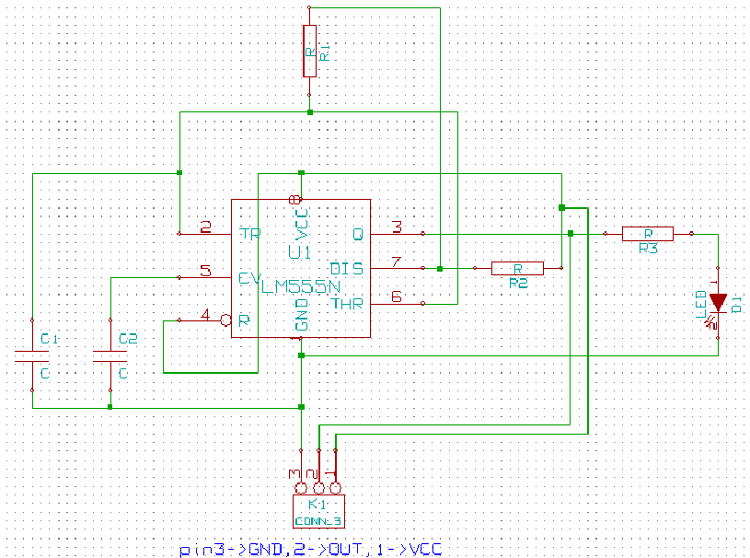
LED VU Meter by IC LM3914 PCB

This is an LED VU Meter circuit using the LM3914 IC, designed to visually represent audio signals in stereo or sound applications. The circuit is straightforward to assemble, utilizing a single integrated circuit (IC) to display 10 levels of audio input. The overall cost of the components is low, making it an economical choice. Further details can be observed in the accompanying circuit diagram.
The LED VU Meter circuit operates by taking an audio input signal and converting it into a visual output using a series of light-emitting diodes (LEDs). The LM3914 is a versatile integrated circuit that can drive up to 10 LEDs, allowing for a clear indication of the audio signal's amplitude. The circuit can be configured to operate in either bar graph or dot mode, depending on the desired visual effect.
To construct the circuit, the LM3914 is connected to a resistor ladder that sets the reference voltage levels for the LEDs. The input audio signal is fed into the IC, which processes the signal and lights up the corresponding number of LEDs based on the signal's strength. Typically, the circuit requires a power supply of 12V, and the LEDs are connected in parallel with current-limiting resistors to prevent damage.
Additional components may include capacitors for filtering noise from the audio signal and potentiometers for adjusting the sensitivity of the meter. A suitable enclosure can be used to house the circuit and provide a professional appearance. The circuit can be further enhanced by adding features such as backlighting for the LEDs or integrating it with a microcontroller for advanced audio visualization capabilities.
This LED VU Meter is an excellent project for audio enthusiasts and engineers, providing a practical application of the LM3914 IC while enhancing understanding of audio signal processing and visual representation.This be LED VU Meter by IC LM3914 circuit show with LED convenient for the stereo or sound all signal. This easy circuit again because use IC LM3914 show get 10 the level. Build easy because use the integrated circuit just one and the price is inexpensive. The detail is all, see in the circuit better. 🔗 External reference
The LED VU Meter circuit operates by taking an audio input signal and converting it into a visual output using a series of light-emitting diodes (LEDs). The LM3914 is a versatile integrated circuit that can drive up to 10 LEDs, allowing for a clear indication of the audio signal's amplitude. The circuit can be configured to operate in either bar graph or dot mode, depending on the desired visual effect.
To construct the circuit, the LM3914 is connected to a resistor ladder that sets the reference voltage levels for the LEDs. The input audio signal is fed into the IC, which processes the signal and lights up the corresponding number of LEDs based on the signal's strength. Typically, the circuit requires a power supply of 12V, and the LEDs are connected in parallel with current-limiting resistors to prevent damage.
Additional components may include capacitors for filtering noise from the audio signal and potentiometers for adjusting the sensitivity of the meter. A suitable enclosure can be used to house the circuit and provide a professional appearance. The circuit can be further enhanced by adding features such as backlighting for the LEDs or integrating it with a microcontroller for advanced audio visualization capabilities.
This LED VU Meter is an excellent project for audio enthusiasts and engineers, providing a practical application of the LM3914 IC while enhancing understanding of audio signal processing and visual representation.This be LED VU Meter by IC LM3914 circuit show with LED convenient for the stereo or sound all signal. This easy circuit again because use IC LM3914 show get 10 the level. Build easy because use the integrated circuit just one and the price is inexpensive. The detail is all, see in the circuit better. 🔗 External reference





